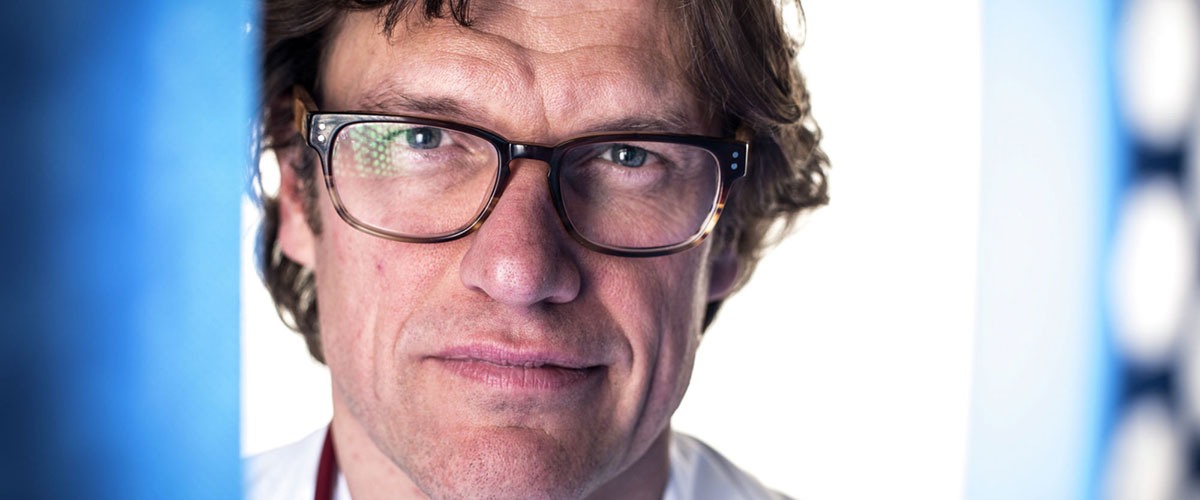Biography
Steven Laureys MD PhD, is director of the GIGA Consciousness Research Centre and Coma Science Group (http://www.comascience.org) the Neurology Department of the University and University Hospital of Liège, Belgium.
He is Research Director at the Belgian National Fund for Scientific Research and board-certified in neurology and in palliative medicine. He is President of the Association for the Scientific Study of Consciousness and Chair of the World Federation of Neurology Applied Research Group on Coma.
The GIGA Consciousness Research Centre studies alterations of consciousness in physiological (e.g., hypnosis & meditation), pharmacological (e.g. anesthesia and hallucinogenic drugs) and pathological conditions (i.e., coma “vegetative”/unresponsive, minimally conscious and locked-in syndromes). Laureys and colleagues confront clinical expertise and bedside behavioral evaluation with state of the art neuroimaging, also dealing with the ethical implications of this translational clinical research.
(Un)Consciousness & the severely damaged brain
Abstract
The past 15years have provided an unprecedented collection of discoveries that bear upon our scientific understanding of recovery of consciousness in the human brain following severe brain damage. Highlighted among these discoveries are unique demonstrations that patients with little or no behavioral evidence of conscious awareness may retain critical cognitive capacities and the first scientific demonstrations that some patients, with severely injured brains and very longstanding conditions of limited behavioral responsiveness, may nonetheless harbor latent capacities for recovery. Included among such capacities are particularly human functions of language and higher-level cognition that either spontaneously or through direct interventions may reemerge even at long time intervals or remain unrecognized.
When patients in “persistent vegetative state” (recently also coined unresponsive wakefulness syndrome) show minimal signs of consciousness but are unable to reliably communicate the term minimally responsive or minimally conscious state (MCS) is used. MCS was recently subcategorized based on the complexity of patients’ behaviors: MCS+ describes high-level behavioral responses (i.e., command following, intelligible verbalizations or non-functional communication) and MCS- describes low-level behavioral responses (i.e., visual pursuit, localization of noxious stimulation or contingent behavior such as appropriate smiling or crying to emotional stimuli). Patients who show non-behavioral evidence of consciousness or communication only measurable via ancillary testing (i.e., functional MRI, positron emission tomography, EEG or evoked potentials) can be considered to be in a functional locked-in syndrome.
An improved assessment of brain function in coma and related states is not only changing nosology and medical care but also offers a better-documented diagnosis and prognosis and helps to further identify the neural correlates of human consciousness. Taken together, recent studies show that awareness is an emergent property of the collective behavior of frontoparietal top-down connectivity. Within this network, external (sensory) awareness depends on lateral prefrontal/parietal cortices while internal (self) awareness correlates with precuneal/mesiofrontal midline activity. Of clinical importance, this knowledge now permits to improve the diagnosis, prognosis and treatment of patients with disorders of consciousness, which currently remains very challenging. New technological advances now also permit to show command-specific changes in fMRI, EEG or eye-pupil measurements providing motor-independent evidence of conscious thoughts and in some cases even of communication. We will conclude by discussing related ethical issues and the challenge of improving our clinical care and quality of life in these challenging patients with disorders of consciousness.
